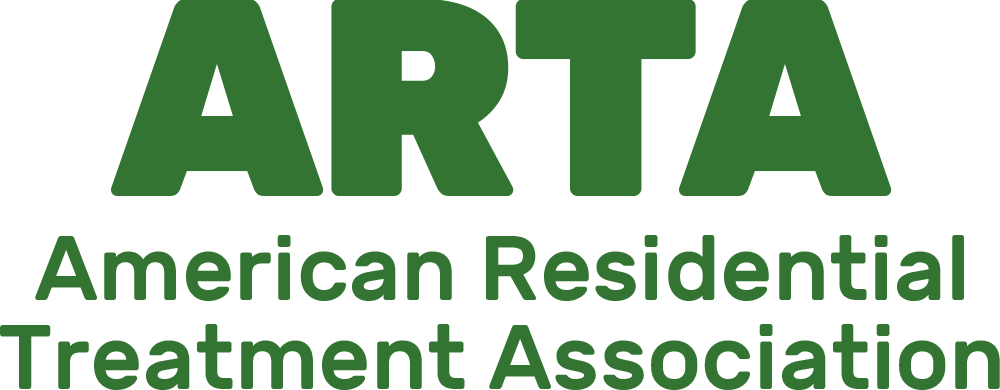
By Lynn Pilcher, Quality Assurance Director
Why Therapeutic Community?
According to the National Alliance on Mental Illness (NAMI), one in five adults will experience a mental health or substance use condition this year. In response, programs have popped up all over the country to meet these needs, especially for Emerging Adults (EA) and a generation of young people whose challenges have earned them the label Failure To Launch.
There’s a wide array of program options for people to choose from: therapeutic schools and wilderness programs, substance abuse treatment, outpatient and community-based programs – such as Assertive Community Treatment (ACT) teams – and much more. If a person is fortunate, and has choices, one can pursue therapy which is urban or rural, group or individual, equine or horticulture-based, utilizing music or art, and anything in-between.
Why, then, with all of these choices, does the therapeutic community, an approach established in Europe for centuries, and in this country for over 100 years, continue to be compelling, and we would argue, highly effective?
In their book,Therapeutic Communities: Past, Present, and Future, British authors Penelope Campling and Rex Haigh point to five principles of therapeutic communities which I believe strongly highlight their effectiveness. While most programs focus on problems and deficits, the therapeutic community’s core beliefs lie in potential, strengths, human resilience, and incremental development. In essence, the therapeutic community, at its best, provides the following:
Attachment
- The foundation of the therapeutic community, upon which everything else builds, is the development and valuing of authentic and meaningful relationships; with time, this provides an opportunity to create a sense of belonging.
Containment
- The community provides a dynamic, interdependent bond which holds the person, which in turn can create and nurture a sense of safety. This is essential for all forms of higher achievement and learning.
Communication
- The daily rhythms of communal life, from the practical to the personal, shared work, to taking risks with each other, form the opportunity to develop openness and vulnerability.
Involvement
- Having a mental illness or major substance use disorder often means living with stigma and isolation; living in a therapeutic community connects people into a web of living and learning, normalizes people’s experiences, and harnesses the power of peer support.
Agency
- Learning new skills, finding and developing one’s strengths despite a debilitating illness, learning to overcome obstacles, taking risks, and seeing the results of one’s labors – these all add up to the development of a sense of empowerment
For young people who have a mental illness or substance use disorder, the journey to adulthood is all the more challenging; one needs to navigate both the universal experiences of growing up, combined with the often debilitating effects of a condition which makes those developmental tasks all the more confusing and difficult.
Being part of the fabric of a therapeutic community for 6-12 months allows the proper amount of time for healing, to learn about one’s condition, to develop skills and form friendships, and to begin to implement changes in lifestyle which will serve a person long-term. The therapeutic community provides a context for and encouragement of healing, growth, maturation, and learning to build a life.



